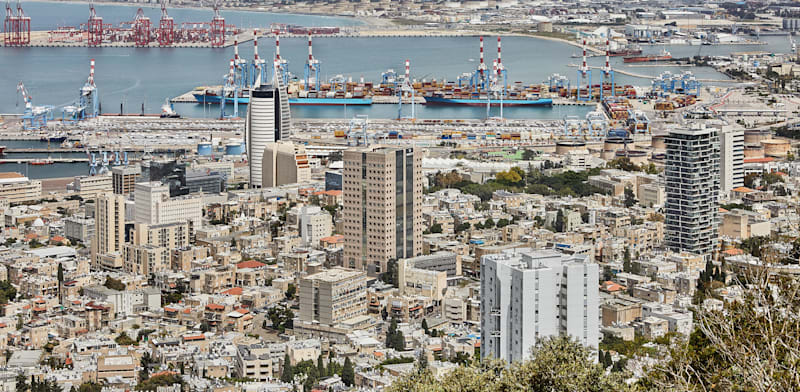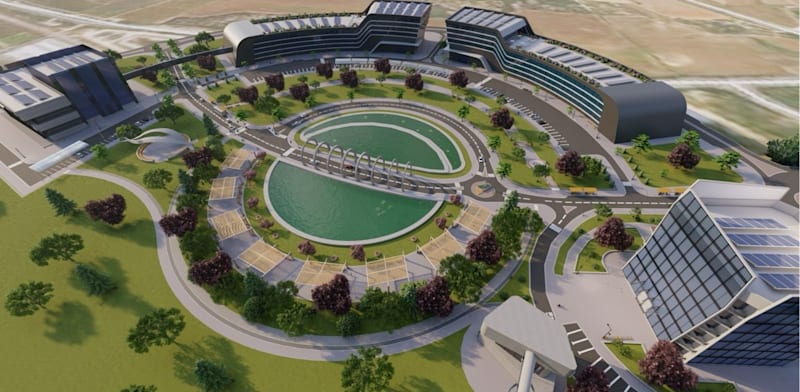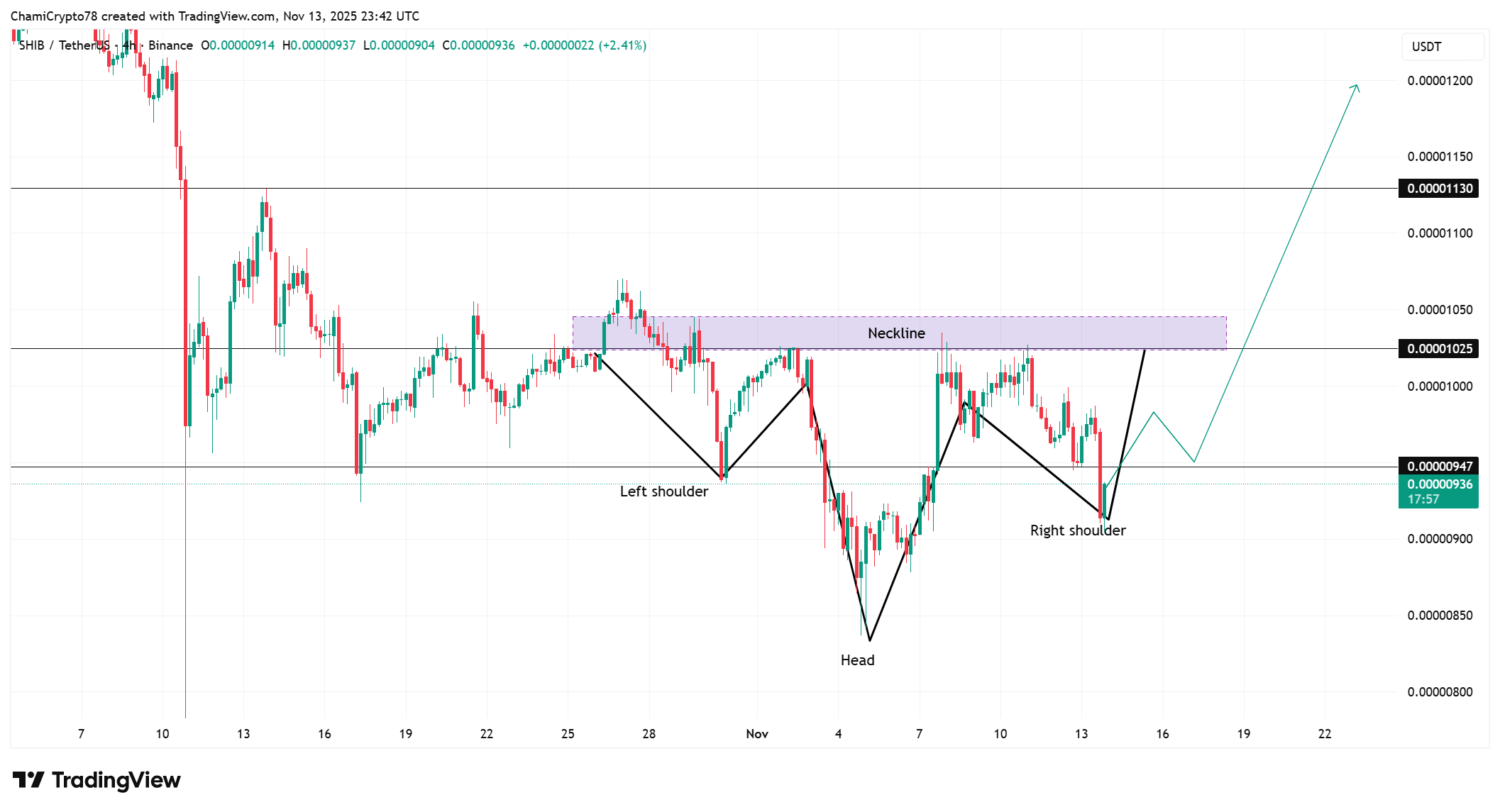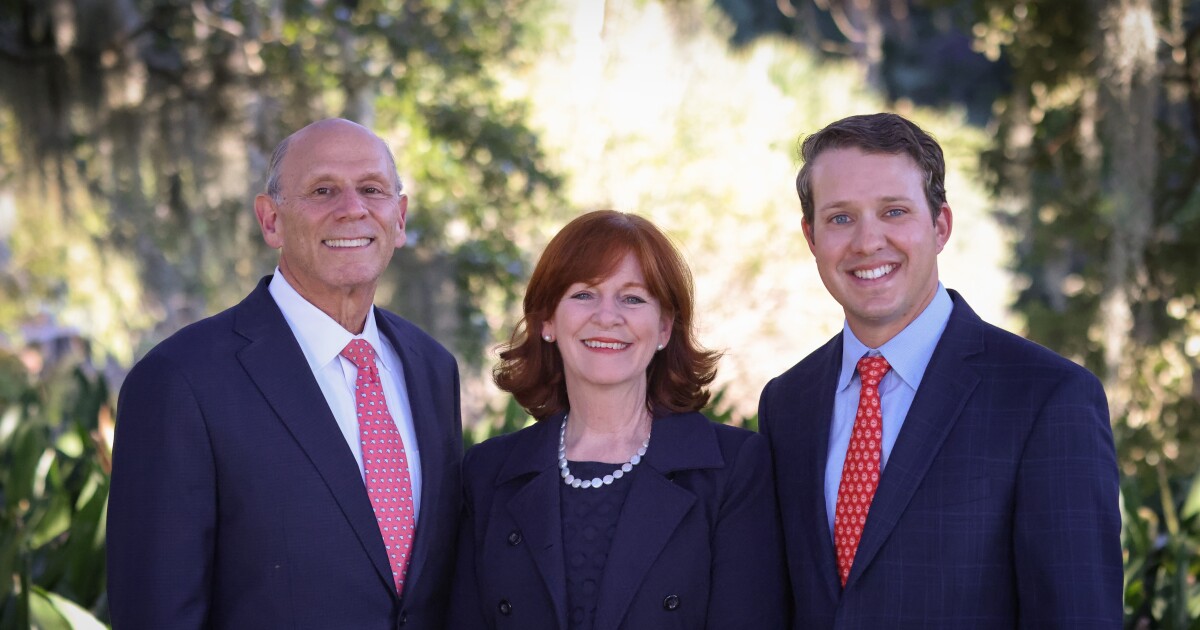Speaking to Kshitij Anand of ETMarkets, Pawan Bharaddia, Co-founder & Fund Manager at Equitree Capital, while midcap valuations remain stretched, the sweet spot may well lie within the Rs 1,000–₹5,000 crore market-cap segment — companies that are still delivering strong earnings growth at reasonable valuations.
In this edition of ETMarkets PMS Talk, Bharaddia reflects on his decade-long journey from managing a small proprietary desk to building a ₹1,000 crore PMS, shares his perspective on market valuations, and explains why India’s tourism sector could turn into a multi-decadal investment opportunity. Edited Excerpts –
Kshitij Anand: Let me start with the markets. We are towards the fag end of 2025, and despite volatility, we should be closing the year with single-digit positive returns. How are you looking at the markets and the challenges that could pose a threat in 2026?
Pawan Bharaddia: The markets are at a very interesting juncture. We are seeing Q2 numbers coming out, which have been fairly encouraging and more broad-based than what we saw in Q1. Valuations have seen some correction over the last 12–13 months. We still have geopolitical issues that keep cropping up every now and then, though we are hoping for a positive resolution to the Trump tariff situation. If these factors fall in line, then we are probably slated for a very good 2026.
Kshitij Anand: Let’s talk about your PMS as well. It recently crossed ₹1,000 crore in AUM — many congratulations on that! When you look back to 2012, what were those early days like when it was just two hostel friends starting out?Pawan Bharaddia: Thank you so much for the compliment. It truly feels like living a dream. We never had a business plan to get here, to begin with. When we started in 2012, it was more about having fun together as friends. The idea was to take a private equity-style approach to investing in small and mid-sized companies. That’s how my journey began — with the aim of professionalising investments in the so-called micro-cap segment.
Of course, the journey has been extremely volatile, and our conviction was tested multiple times — particularly in 2013 and again between 2018 and 2020. But those were also periods of tremendous learning. When I look back today, I see a huge learning curve that has shaped who we are.
What is most satisfying is that what began as a small proprietary family desk has now grown to earn the trust of more than 350 families and partners. From a single-member setup, we are now close to a 20-member team, and that’s deeply gratifying.Kshitij Anand: And yes, plenty more to go. I mean, the journey has just started for you, and wishing you all the very best for the new trajectory now — because now you are in the bigger game. Coming back to the markets, let us talk a little bit about valuations. Nifty 50 seems to be lagging behind — Wall Street could say that because it hit record highs earlier. But fears of a shutdown seem to be the next headwind. How are you looking at Indian valuations? Are we still pricey?Pawan Bharaddia: The way we look at valuations is that rather than focusing on the broad-based indices, we slice the markets into large caps, midcaps, and, even within small caps, we try to divide them between the 251st company up to ₹5,000 crore, and then below ₹5,000 crore — largely looking at the ₹1,000–₹5,000 crore market-cap band.Interestingly, it is the midcap segment where valuations are still on the expensive side. If we look at Q1 data, it was at about 52 times on a trailing 12-month basis, which is almost close to a 46% premium to its 10-year average. Small caps are not far behind either. Even if you look at the 251st company up to ₹5,000 crore, they trade close to about 32 times in terms of valuations, which is around a 28% premium to their 10-year average.
Interestingly, the ₹1,000–₹5,000 crore band — which is where we generally focus — is trading close to its 10-year average at about a 24x PE multiple on a trailing 12-month basis. And most interestingly, this is a segment that has been delivering a lot of growth. We are yet to see the complete Q2 numbers, but Q1 showed that more than 50% of the companies in this ₹1,000–₹5,000 crore market-cap band reported over 15% growth. So, you have a situation where companies are delivering growth and valuations are close to their 10-year averages — I think one couldn’t ask for more than that.Kshitij Anand: In fact, my next question was also about small and midcaps. Should investors approach this segment with some caution?Pawan Bharaddia: Yes, of course. Depending on the segment you are in — if you are in the midcap bracket — valuations are still elevated there. If one is looking at small caps, particularly those above ₹5,000 crore up to the 251st company, valuations are slightly on the higher side as well, I would say. Even in our genre, while valuations remain robust and growth is visible, I do not think this is a market to be exuberant about. We are still not out of the woods. Some of these geopolitical issues will keep cropping up, which is why one needs to build portfolios carefully.
Kshitij Anand: Let us talk a little bit about the primary market space. There is plenty of noise around the new IPOs hitting D-Street and frequent fundraising by new-age companies. How should investors evaluate those opportunities?Pawan Bharaddia: Well, we are not really the experts when it comes to that segment of the market. In fact, most of the IPOs have actually been offers for sale, where private equity investors or the promoters themselves are looking to cash out — and that is not a segment we generally look to invest in.
The way we approach investing, we are more comfortable buying into businesses that generate a large amount of free cash flow and do not need primary capital for growth. Those generally end up being far larger and more sustainable wealth creators than the ones that are burning cash. Of course, there is a market for such companies, and the kind of valuations they are fetching is dramatic — but honestly, we have not been active in that segment.
Kshitij Anand: Now, let’s talk about the segment that you are in — or probably one that you are looking at more from a decadal investment opportunity. In your newsletter, you mentioned the tourism sector. Why do you believe tourism could be a multi-decadal opportunity?Pawan Bharaddia: Indian tourism is going through a massive transformation, thanks to the kind of connectivity improvements that have taken place — whether in railways, roads, or airports. It is interesting that the number of airports has more than doubled over the last 10 years and is projected to continue growing until 2030.
Likewise, if you look at the railways, around 1,300 stations are under redevelopment. Nearly 99% of our 69,000 kilometres of rail network has been electrified, and the Vande Bharat initiative has been a game-changing experience. This enhanced connectivity is significantly boosting tourism.
As we see it today, tourism contributes about 6% to GDP and has the potential to rise to 11% by 2030. More interestingly, this growth is not being driven only by inbound tourism — where foreigners visit India — but also by domestic residents travelling within the country, which is equally driving the sector’s expansion.
Tourism also has a huge multiplier effect. While there are direct beneficiaries of this trend, we are focusing more on the indirect beneficiaries across the value chain. In that space, valuations remain far more reasonable compared to those companies that directly benefit from tourism growth. We strongly believe this is one sector to watch out for.
(Disclaimer: Recommendations, suggestions, views, and opinions given by experts are their own. These do not represent the views of the Economic Times)






















